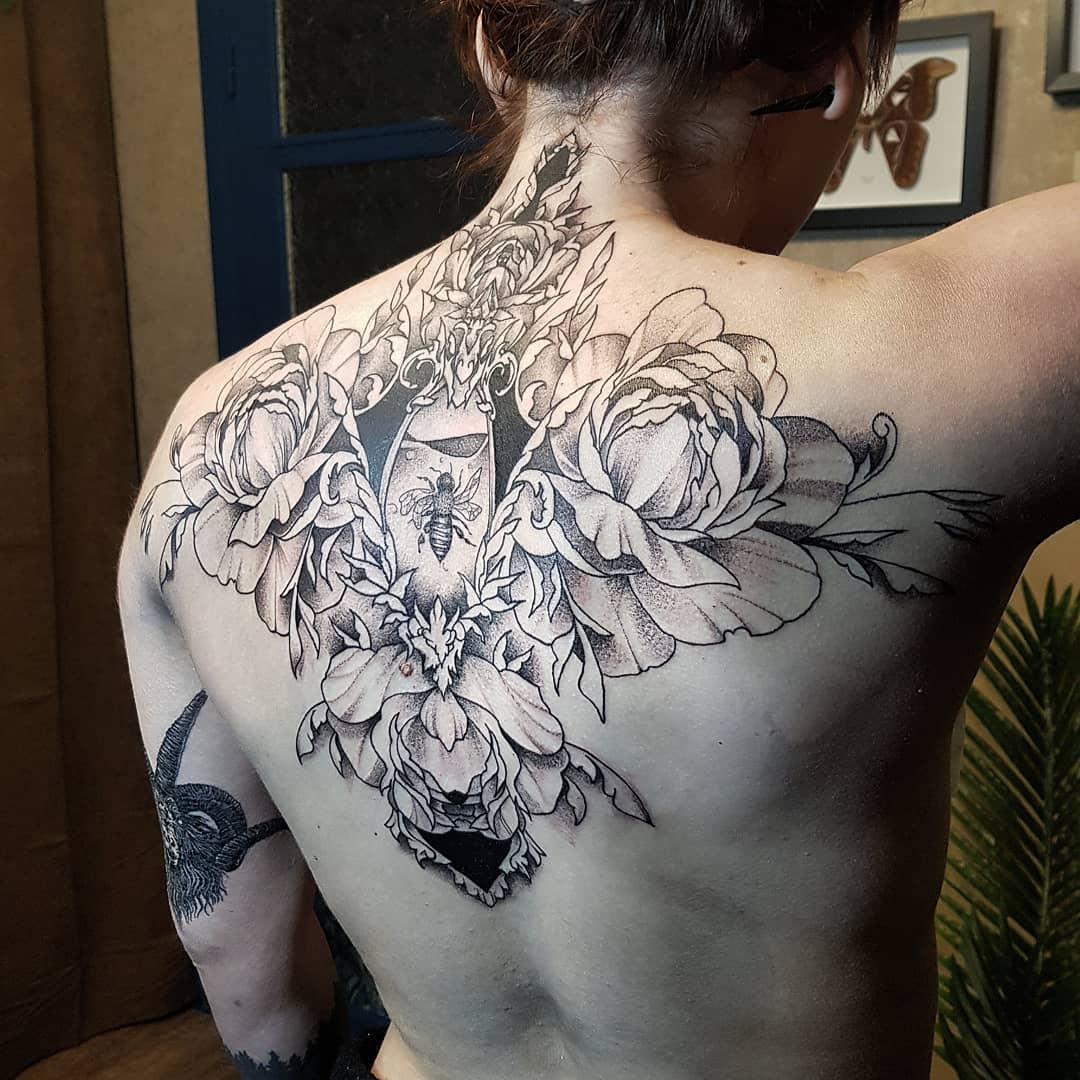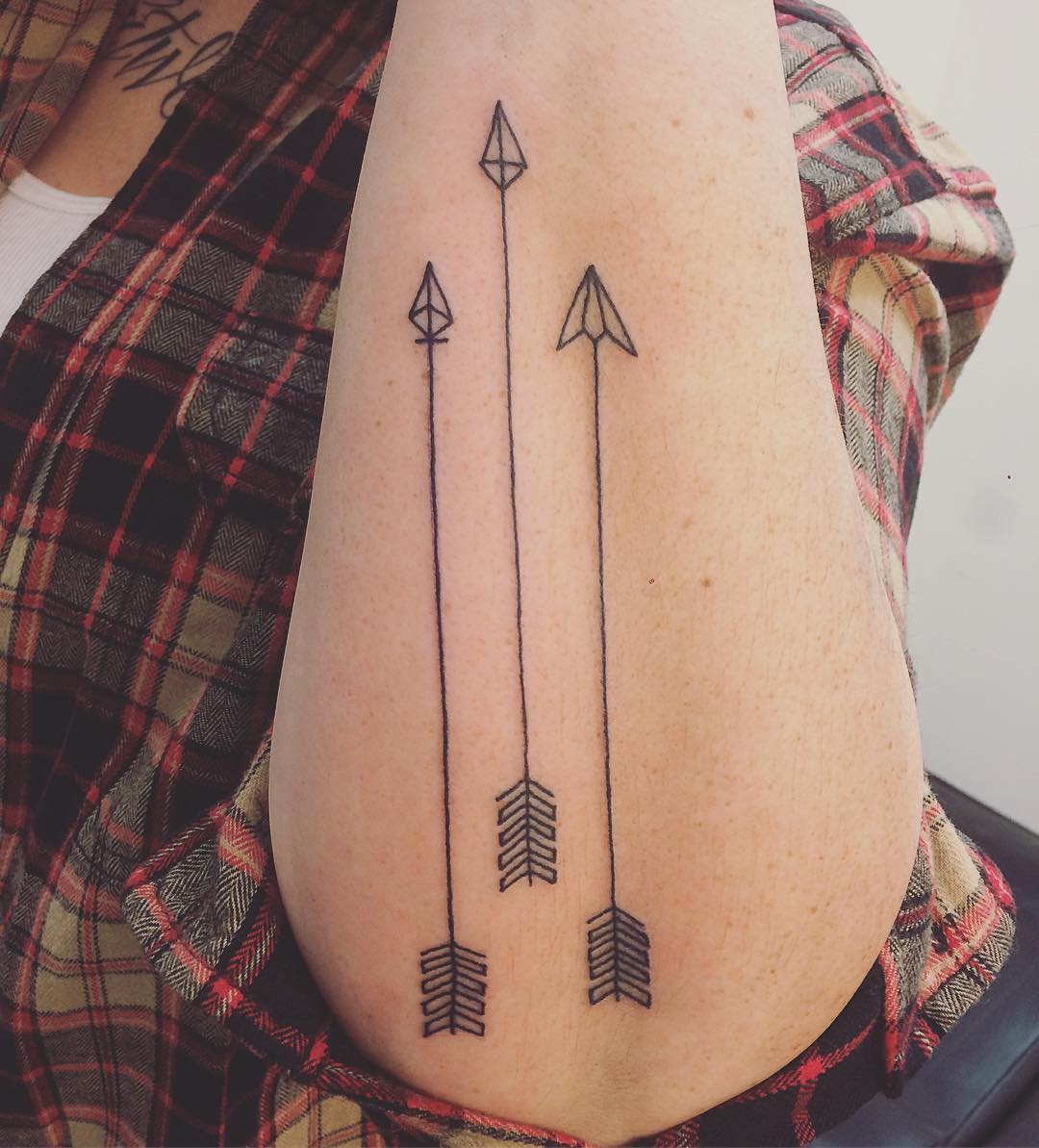
Okay, buckle up buttercup, because we’re diving deep into the fascinating world of ink, muscles, and leg day! Let’s explore whether those adorable little leg tattoos are going to morph into abstract art as you sculpt those glutes and quads.
Do Small Tattoos On The Legs Stretch With Muscle Gain? Unveiling the Truth Behind Ink and Iron
We’ve all been there. Admiring that perfect little ankle tattoo, dreaming of the day we can rock it with confidence. But then the fitness bug bites, and suddenly you’re squatting like a champion, lunging like a gazelle, and your legs are starting to look… well, different. The big question looms: Is my tattoo doomed to distortion?
The Skinny on Skin: Understanding the Canvas
Before we even think about muscle, let’s get a grip on what skin actually is. It’s not just a static sheet of paper. It’s a living, breathing organ with remarkable elasticity. Think of it like a high-quality, slightly stretchy t-shirt. It can expand and contract to a certain degree, accommodating changes in the body underneath.
- Layers of the Legend: Your skin has three main layers: the epidermis (outer layer), the dermis (middle layer, where tattoo ink lives), and the hypodermis (the fatty layer).
- Elasticity is Key: The dermis is packed with collagen and elastin, the dynamic duo responsible for skin’s stretch and snap-back ability.
Muscle Matters: How Leg Gains Affect the Surface
Now, let’s flex those mental muscles and consider what happens when you start building those enviable leg muscles.
- Gradual Growth is Your Friend: Muscle growth is usually a slow and steady process (unless you’re on some serious supplements, which we are not advocating here!). This gradual increase in muscle mass allows the skin to adapt more easily.
- Bulk Up or Tone Up? The type of training you do matters. Bulking up (gaining significant muscle mass quickly) is more likely to cause stretching than toning up (building lean muscle gradually).
Tattoo Tech 101: Ink, Needles, and Placement
Not all tattoos are created equal. The size, style, and placement all play a role in how they might react to muscle growth.
- Small and Simple Wins: Smaller tattoos, especially those with simpler designs, are generally more forgiving. There’s less ink to distort.
- Placement is Paramount: Tattoos placed on areas with significant muscle growth potential (like the front of the thighs or the calves) are at a higher risk of stretching. Ankles and feet? Less so.
- Ink Quality and Artist Expertise: A skilled tattoo artist uses high-quality ink and precise techniques, which can help the tattoo maintain its integrity over time.
The Dreaded Stretch Marks: A Tattoo’s Worst Nightmare
Stretch marks are the real villains in this story. They’re a sign that the skin has been stretched beyond its elastic capacity, causing tears in the dermis.
- Rapid Weight Gain or Muscle Growth: Stretch marks are more likely to occur with rapid changes in body size.
- Genetics Play a Part: Some people are simply more prone to stretch marks than others. Thanks, Mom and Dad!
- Hydration is Your Hero: Keeping your skin hydrated (both internally and externally) can help maintain its elasticity and reduce the risk of stretch marks.
Areas of Concern: Where Leg Tattoos Might Struggle
Let’s pinpoint the areas on your legs where tattoos are most vulnerable to stretching due to muscle gain.
- Thighs (Front and Back): The quadriceps and hamstrings are large muscle groups that can grow significantly with training. Tattoos in these areas are at higher risk.
- Calves: Another prime muscle-building zone. Calf tattoos, especially those that wrap around the muscle, can be affected.
- Inner Thighs: This area is prone to both muscle growth and fat accumulation, making it a double whammy for tattoo distortion.
Signs of Stretching: What to Watch Out For
So, how do you know if your leg tattoo is starting to feel the strain? Here are some telltale signs:
- Blurring of Lines: Crisp, clean lines might start to appear slightly blurred or fuzzy.
- Distortion of the Design: The overall shape of the tattoo might change, becoming elongated or warped.
- Color Fading: The ink might start to look faded or less vibrant.
- Stretch Marks Around the Tattoo: This is the most obvious sign that the skin has been stretched.
Prevention is Key: Protecting Your Ink Investment
The good news is that you can take steps to minimize the risk of your leg tattoo stretching with muscle gain.
- Slow and Steady Wins the Race: Focus on gradual muscle growth rather than rapid bulking.
- Hydrate, Hydrate, Hydrate: Drink plenty of water to keep your skin supple and elastic.
- Moisturize Religiously: Use a high-quality moisturizer to keep your skin hydrated and nourished.
- Consider Laser Tattoo Removal (Seriously!) If you’re planning a major muscle-building transformation, you might consider laser tattoo removal before you start training. This is an extreme option, but it’s worth considering if you’re truly concerned.
Consulting the Experts: Tattoo Artists and Dermatologists
When in doubt, seek professional advice.
- Talk to Your Tattoo Artist: They can assess your tattoo and offer personalized recommendations.
- Visit a Dermatologist: A dermatologist can evaluate your skin’s elasticity and provide advice on preventing stretch marks.
The Verdict: Will Your Leg Tattoo Stretch?
So, the million-dollar question: Will your small leg tattoo stretch with muscle gain? The answer, like most things in life, is… it depends. Gradual muscle growth, proper skincare, and strategic tattoo placement can all help minimize the risk. However, significant muscle gain, rapid weight fluctuations, and genetic predisposition can increase the likelihood of stretching.
Ultimately, it’s a personal decision. If you’re passionate about both tattoos and fitness, you might need to make some compromises. Choose your tattoo placement wisely, prioritize slow and steady progress, and take excellent care of your skin.
Conclusion: Ink and Iron Can Coexist
Don’t let the fear of stretching stop you from pursuing your fitness goals or expressing yourself through tattoos. With a little planning and a lot of TLC, you can rock both ink and iron with confidence. Just remember to listen to your body, prioritize your skin’s health, and consult with the experts when needed. Now go forth and conquer those squats!
FAQs: Your Burning Tattoo Questions Answered
-
I’m planning to bulk up significantly. Should I avoid getting a leg tattoo altogether?
- It depends on your priorities. If you’re extremely concerned about tattoo distortion, you might want to choose a less muscle-prone area or postpone the tattoo until after you’ve reached your desired physique. However, with proper precautions, you can often minimize the risk.
-
What types of moisturizers are best for preventing tattoo stretching?
- Look for moisturizers that are rich in hydrating ingredients like hyaluronic acid, glycerin, and ceramides. Shea butter, cocoa butter, and vitamin E can also be beneficial. Avoid products with harsh chemicals or fragrances that can irritate the skin.
-
Can laser tattoo removal completely eliminate a tattoo?
- Laser tattoo removal can significantly fade or even completely eliminate a tattoo, but it’s not always a guaranteed process. The effectiveness of laser removal depends on factors like the ink colors, the tattoo’s age, and your skin type. Multiple sessions are usually required.
-
I already have stretch marks on my legs. Does this mean my tattoo is doomed?
- Not necessarily. Existing stretch marks indicate that your skin is more prone to stretching, but you can still take steps to minimize further damage. Focus on gradual muscle growth, proper hydration, and consistent moisturizing.
-
My tattoo is already slightly distorted. Is there anything I can do to fix it?
- A skilled tattoo artist might be able to touch up or rework the tattoo to correct minor distortions. Laser tattoo removal can also be used to fade specific areas of the tattoo, allowing for a new design to be applied. Consult with a tattoo artist to explore your options.










